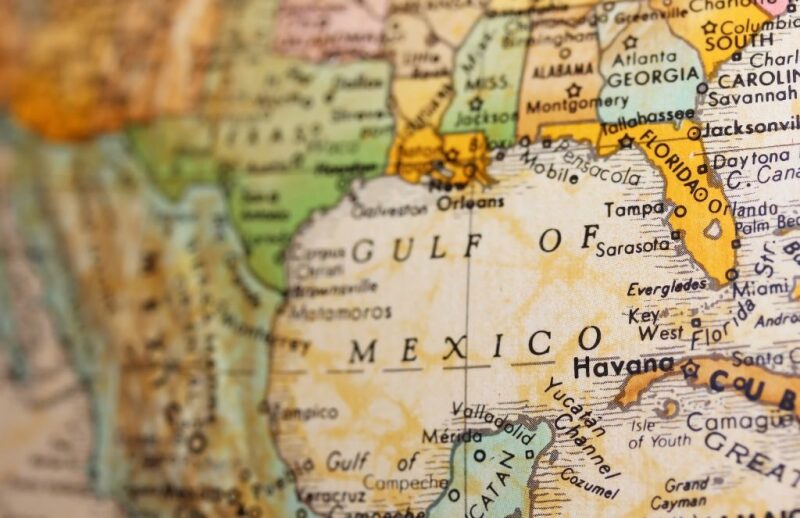A pair of US liquefied natural gas (LNG) developers of two Louisiana projects recently received good news with the US Federal Energy Regulatory Commission (FERC) announcing decisions on their Gulf of Mexico LNG projects on 17 November.
In a 5-0 vote, FERC officials approved the proposed $4-billion Commonwealth LNG project, moving the project one step closer to a possible final investment decision (FID) in the third quarter of 2023.
The 8.4-mtpa LNG liquefaction and export facility will be on the west bank of the Calcasieu Ship Channel at the mouth of the Gulf of Mexico near Cameron, Louisiana.
The Commonwealth LNG project is composed of six 1.4-mtpa liquefaction trains, each with a 60-MW gas turbine with mechanical drive, six 50,000-m3 full-containment LNG storage tanks, and a single berthing dock with the capacity to service vessels from 10,000 m3 to 216,000 m3.
Additionally, a 3.04-mile-long 42-in. diameter natural gas pipeline with tie-ins at the existing 12-in. and 20-in. diameter Bridgeline pipelines and the 16-in. diameter Kinetica pipeline is planned for construction.
Preliminary construction on the project, the first approved by FERC in more than 2 years, is expected to begin in early 2023, with developers planning a FID to be made in the third quarter of 2023.
The project will use a highly modularized design and construction approach to help meet a 36-month build schedule, with commercial operations planned to begin in the third quarter of 2026.
Another Time Extension
FERC granted the Delfin LNG project an additional year to put the onshore portion of its proposed Gulf of Mexico floating LNG project off Louisiana into service.
Delfin requested in July the extension to September 28, 2023. The onshore portion of the project consists of a metering station, compressor station, and pipeline segments totaling about 2 miles, according to the FERC filing.
FERC in 2017 authorized Delfin to put its project into service by September 2019. Since then, FERC has granted several 1-year extensions to complete the project.
The project is a brownfield deepwater port requiring minimal additional infrastructure investment to support up to four floating LNG vessels handling up to 13 mtpa, about 3.5 mtpa per vessel.
In its extension request, Delfin stated that it had demonstrated good cause for the extension because, since its 2021 extension request, it has completed its engineering design for the deepwater port and had made advances in commercialization of the facility.
The company has agreed to sell 0.5 mtpa of LNG to a unit of the commodity trading company Vitol and said that it had entered into agreements with Centrica and US shale independent Devon Energy.
Delfin added that, with these three major commercial contracts, it is on schedule to make an FID on its first floating LNG vessel at the deepwater port by the end of 2022.
According to Delfin, each vessel would cost about $2 billion, with the first expected to enter service around 2026. Front-end engineering and design work on the initial vessel was completed by Samsung and Black & Veatch.
After the FID, the company would begin working on its Avocet project, which would add two more liquefaction vessels of up to 8 mtpa capacity in total. Avocet would be a second deepwater port hooked into the Grand Chenier pipeline system offshore Louisiana.


